Please check the two videos (Thai and English) for a quick take and an in-person explanation of:
1) How to determine your skin undertone
2) What is 'coverage level' in foundation? And what are the different coverage levels?
3) What does 'finish' means when it comes to foundation? And what are the differences between these finishes?
English version
 Thai version
Thai version

And now onto the written bits

yay!!!!! (more details for you and more fun for those who loves to read!!!

Part 1.1: "Skin Undertone"
What is skin undertone?
Skin undertone is the hue that your skin reflects. There are three big classifications that are commonly used when talking about skin undertone: warm (or yellow), cool (or pink), and neutral (or beige).
How to determine your undertone?
1) Hold
Gold and Silver clothes/accessories next to your bare face in the mirror with natural/white light, and see which one compliments you more. If it's gold then you have warm or yellow undertone; if it's silver then you have cool or pink undertone, and if both look equally good on you then your undertone is neutral or beige
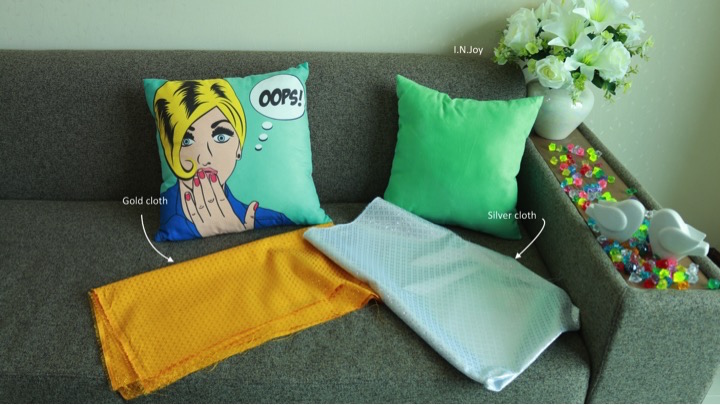
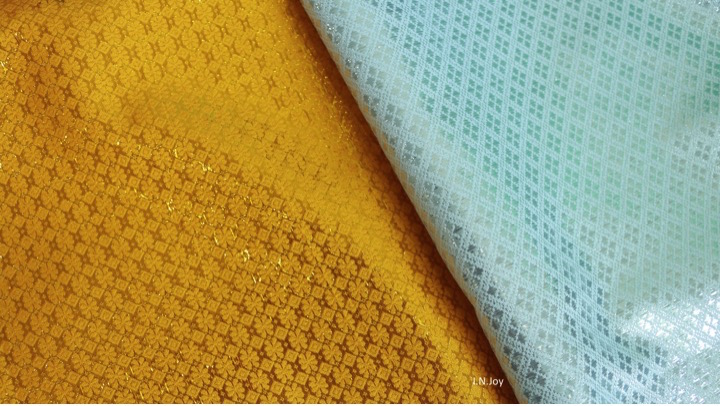 2)
2) Hold a
white towel next to your face, if your skin tone leans towards being pink (compared to the white towel), then you have cool undertone, but if your skin tone leans towards being warm or yellow (compared to the white towel) then you have warm/yellow undertone. However, if your skin does not lean towards pink or yellow, then you have neutral/beige undertone
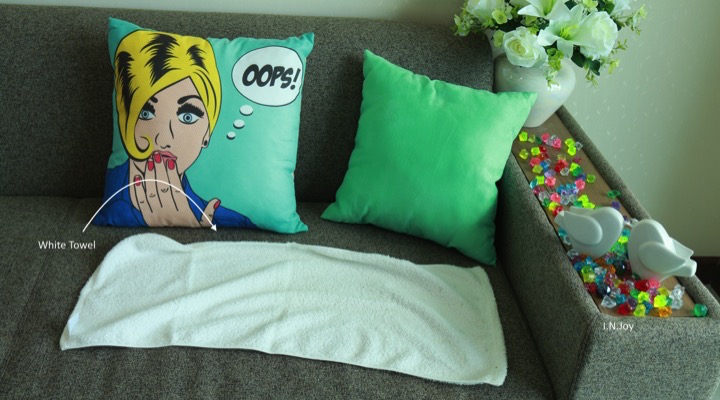
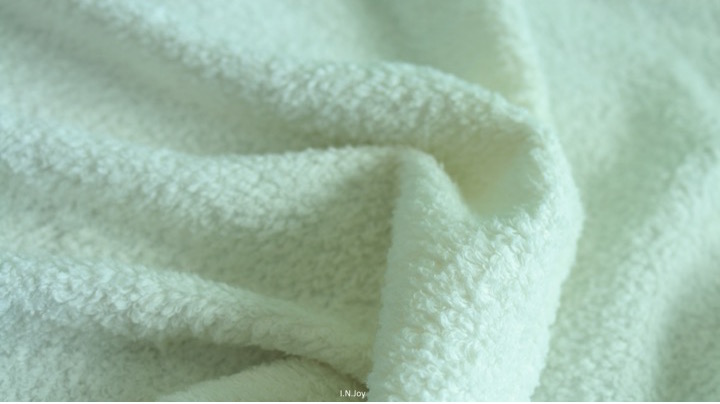
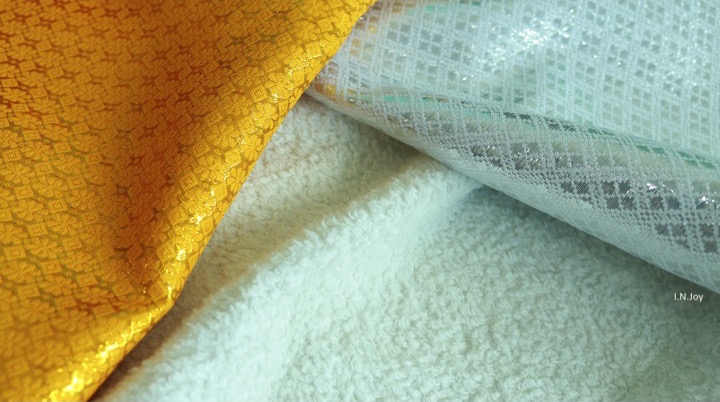
** Keep in mind that people with redness on their face or rosacea might think they have cool/pink undertones while they could actually have warm/yellow undertone.....so please take a look at the third way to determine your skin undertone for certainty
 3)
3) Look at the
veins at your wrists. If they appear bluish, you have pink/cool undertone. If they appear greenish, you have yellow/warm undertone. However, if you happen to have both bluish and greenish colored veins, then you have beige/neutral undertone.
Understanding foundation shades/color codes
The following are common ways in which cosmetics brands name or color-code their foundation undertone.
Pink/Cool undertone:
-C (such as Estee Lauder, Lancome)
-P
-BR (such as YSL)
Yellow/Warm undertone:
- W (such as Estee Lauder, Lancome)
-BD (such as YSL)
Beige/Neutral undertone:
- N (such as Estee Lauder, Lancome)
- B (such as YSL, Chanel)
**Exception!!!
M.A.C Cosmetics name their foundation regarding what color would neutralize or balance out your skin tone
- Yellow/warm undertone: you’d want to balance out the sallowness or brightens your skin with a cool/pink shade hence the color code NC ‘neutral cool’ for warm undertone skin.
- Pink/cool undertone skin requires a warm shade to neutralize the pink-ness or flush of the skin, hence the color code NW ‘Neutral warm.’
****Uniformity is key when selecting foundation!!!!
- You'd like to have a face that looks like it belongs to your body (uniformity in the shade of skin, especially between face and neck.
- To make sure you've got that uniformity in check:
Test foundation on the side of the face to the neck and if they blend in seamlessly, then it's the right color for you!
Some people have rosacea/inflammation, and the key is not to use a pink/cool undertone foundation, because this will only add to the redness. Use a color corrector primer or makeup base to reduce the redness. If you have pink/cool undertone but has redness on your skin, pick a foundation that is slightly yellow (such the neutral undertone foundation, so that you don't add anymore pink to the already redden complexion.

Part 1.2: "Coverage Level"
Coverage level refers to the ability of any particular foundation to masks/hides the natural skin, or more likely.....the imperfections and blemishes on the complexion.
Light: sheer coverage of the skin, which meant that the skin still looks very much like natural skin where imperfections are still visible, but a slightly dulled down or reduce regarding pigmentation. This coverage is perfect for those that do not suffer from troubled skin, and only want that extra photoshop quality to the skin for a more perfected look of their already gorgeous skin.
Medium: this coverage level would conceal and masks certain acne scars (the ones that are a little older and has faded quite a bit on its own already). Medium coverage still allows the natural skin to show through, but with a close encounter with anyone, it's visible that there's makeup/foundation on the skin.
Full: this coverage level is a full-on makeup look. This gives the appearance of no-pores, flawless face, camera ready, and sometimes even stage ready look. However, a foundation that gives full coverage or allows to be built up to a full coverage look may seem 'cakey' if not applied well. Full coverage foundation also tends to relate to the high level of pigmentation within the foundation formula. Hence full coverage meant most --if not all--imperfections that cause uneven skin tone is masked.
**Most foundations will be able to 'build' coverage, and hence take on more than one level of coverage. For example, light-to-medium and medium-to-full. However, it is rare that a foundation could be labeled as being a light-to-medium-to-full coverage.
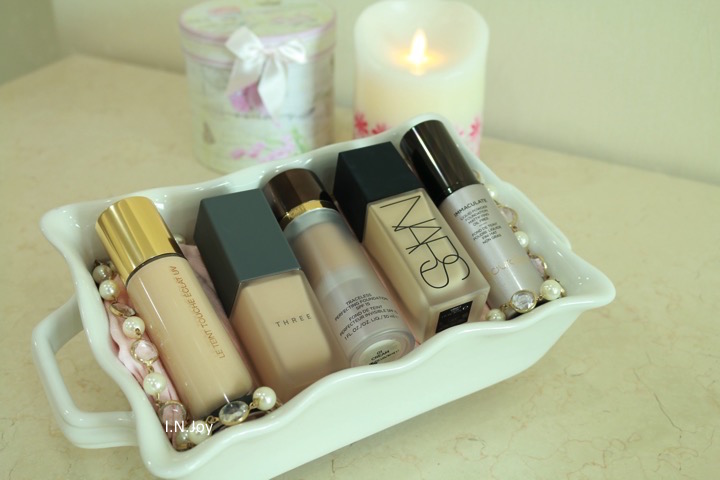
Part 1.3: "Finishes"
Finish refers to the effect that any particular foundation gives once it sets on the skin...below are the common classifications
 1) Dewy
1) Dewy
-Description: Illuminating, glowing, luminous, and adds radiance to the skin. Not recommended for acne prone or oily-skinned people.
-Example:YSL Le Teint Touche Eclat Illuminating Foundation
2) Satin
-Description: Smooth, natural, soft, and slightly glowing finish
-Example: Three Flawless Ethereal Fluid Foundation
3) Natural
-Description: Not glowy or drying/matte
Example: Tom Ford Traceless Perfecting Foundation
4)Velvet/Semi-matte
-Description: A matte finish with a glow as if there's some lit-from-within effect; like there's luminosity behind the matte surface (luminous-matte!!).
-Example: Nars All Day Luminous Weightless Foundation
5)Matte
-Description: It sets on your skin in a way that when you touch your face, nothing sticks to your finger. At times this finish could be too drying, especially for those with dry to very dry skin to start with.
-Example: Hourglass Immaculate Liquid Powder Foundation, Shu Uemura skin: FIT foundation.
** Pics of foundation below
Side notes:
1) Glow/Dewy finish does not imply that the foundation has to be light-coverage. Look at YSL Touche Eclat Illuminating Foundation) it has a medium coverage get leaves a glowy finish to the skin once it sets.
2) Matte finish also does not imply heavy coverage; take Shu Uemura's skin: FIT foundation that is water-thin has extremely sheer coverage, yet leaves a matte finish. In short, coverage and finish are not the same thing.
3) You can change the effect/finishes of your foundation with your primer.
Quick take on primer:
-They are like shields protecting your complexion from direct contact with foundation.
-They come in various finishes: matte, velvet, natural, luminous.
- If you have a natural finish foundation and want a more matte finish that day, apply a matte primer underneath. But if you are feeling a little down and want a glowy-youthful look from that natural finish foundation of yours, apply a luminous primer instead! And you'll basically have one foundation that could give you three different finishes

**Pics of primer below pics of foundations
Three Flawless Ethereal Fluid Foundation:

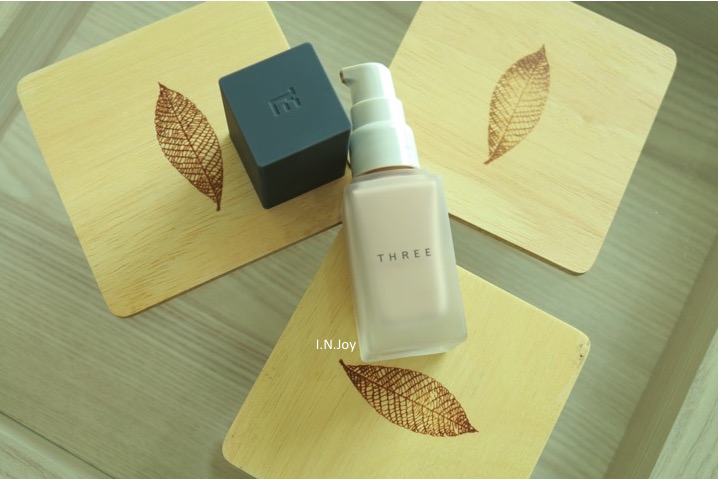
Shu Uemura Skin Fit foundation:
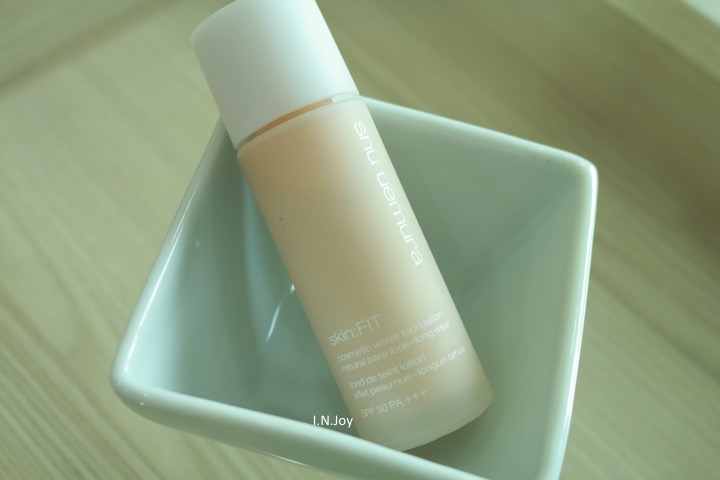
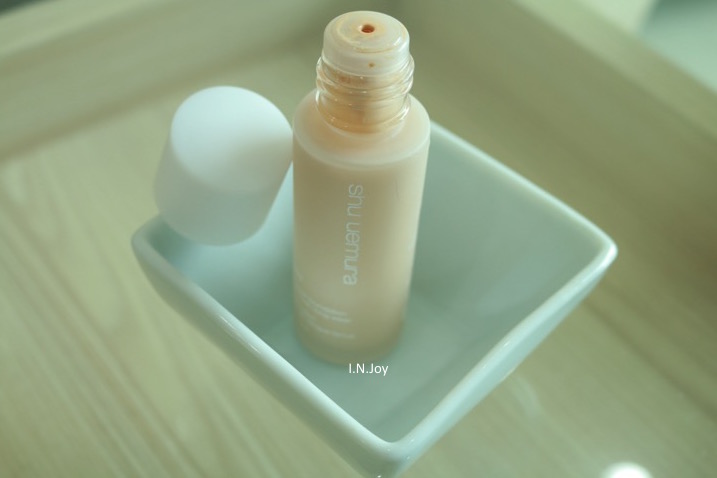
Hourglass Immaculate Liquid Powder Matifying (oil-free) foundation:
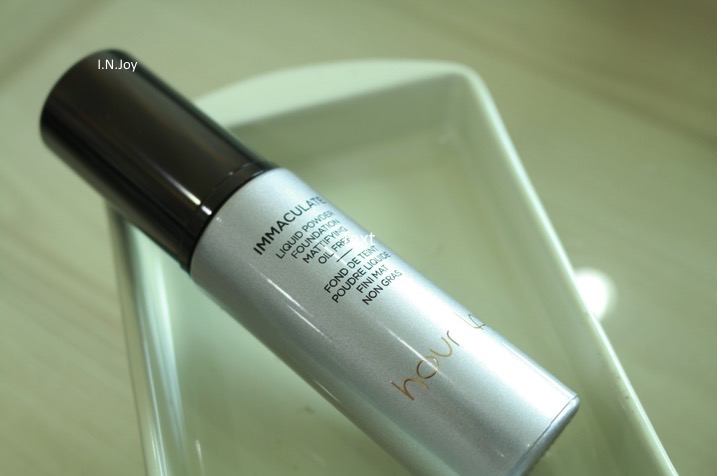
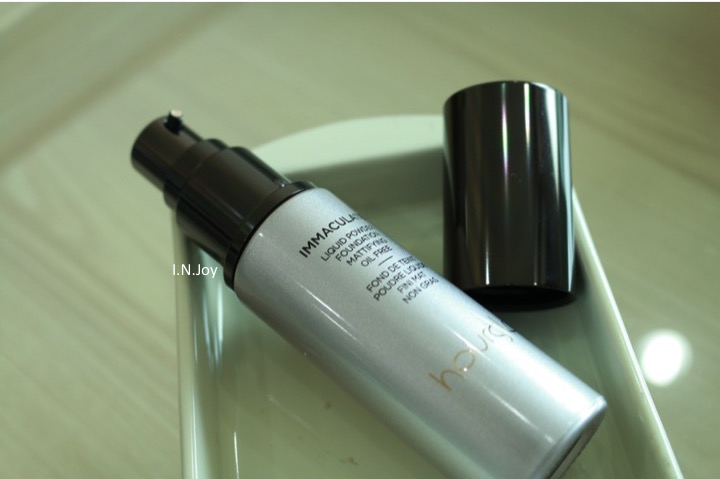
YSL Le Teint Touche Eclat Illuminating Foundation:
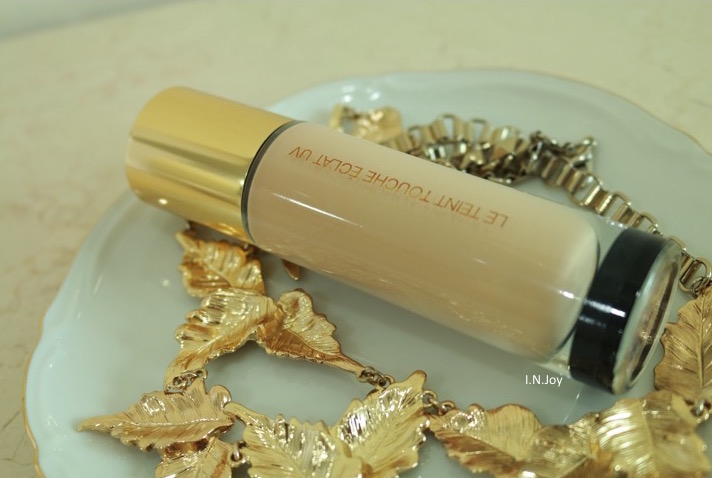
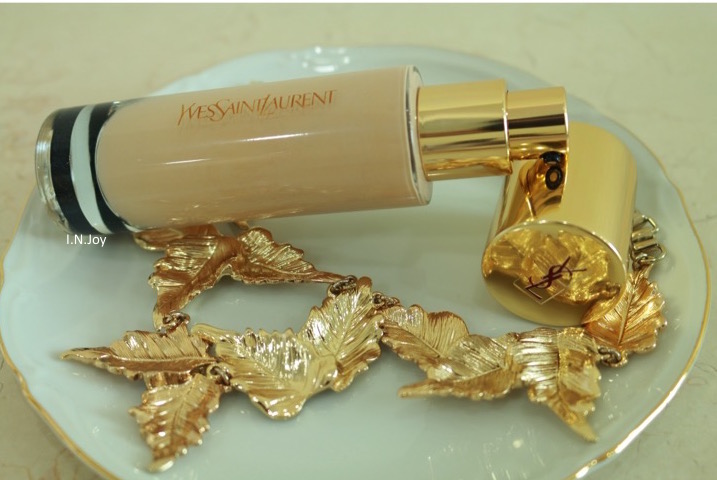
Tom Ford Traceless Perfecting Foundation:
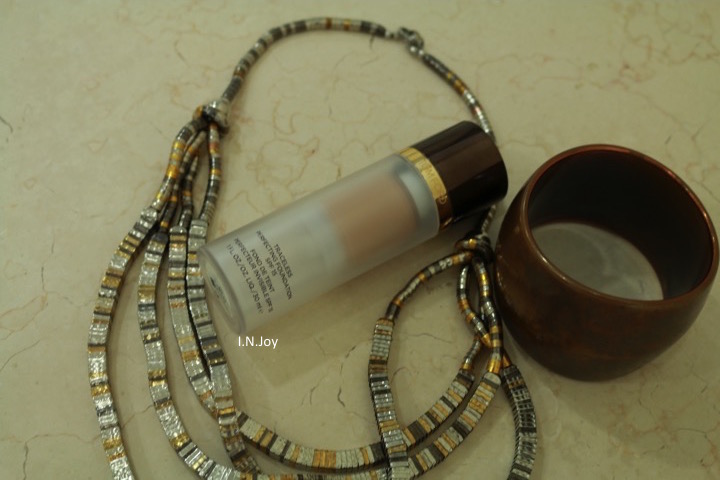
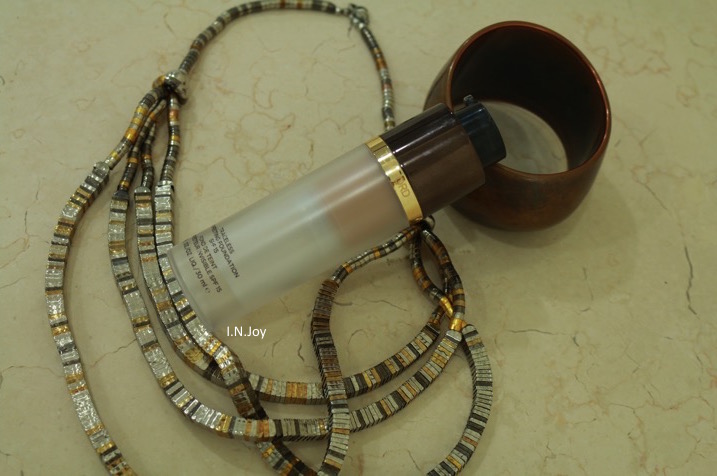
Nars All Day Luminous Weightless Foundation:
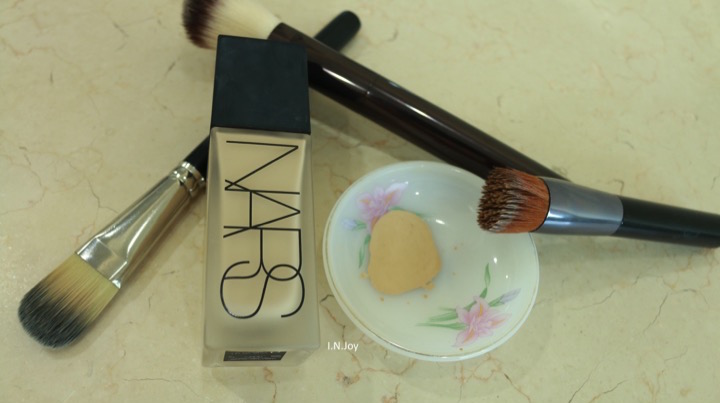
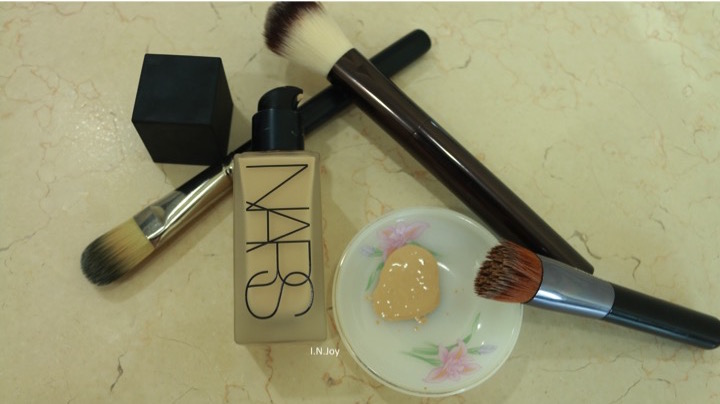
Primers (from left to right): Make Up For Ever All Mat Face Mattifying Primer, Estee Lauder Matte Perfecting Primer, Make Up For Ever HD (high definition) primer, Tom Ford Illuminating Primer



Disclaimer: I can't guarantee products mentioned will suit you; I'm speaking from experience.



เลือกรองพื้นที่เป็นคุณ ตอนที่ 1 (Guide to Foundation Part1): Skin Undertones, Coverage Levels, Finishes
1) How to determine your skin undertone
2) What is 'coverage level' in foundation? And what are the different coverage levels?
3) What does 'finish' means when it comes to foundation? And what are the differences between these finishes?
English version
Thai version
And now onto the written bits
What is skin undertone?
Skin undertone is the hue that your skin reflects. There are three big classifications that are commonly used when talking about skin undertone: warm (or yellow), cool (or pink), and neutral (or beige).
How to determine your undertone?
1) Hold Gold and Silver clothes/accessories next to your bare face in the mirror with natural/white light, and see which one compliments you more. If it's gold then you have warm or yellow undertone; if it's silver then you have cool or pink undertone, and if both look equally good on you then your undertone is neutral or beige
2) Hold a white towel next to your face, if your skin tone leans towards being pink (compared to the white towel), then you have cool undertone, but if your skin tone leans towards being warm or yellow (compared to the white towel) then you have warm/yellow undertone. However, if your skin does not lean towards pink or yellow, then you have neutral/beige undertone
3) Look at the veins at your wrists. If they appear bluish, you have pink/cool undertone. If they appear greenish, you have yellow/warm undertone. However, if you happen to have both bluish and greenish colored veins, then you have beige/neutral undertone.
Understanding foundation shades/color codes
The following are common ways in which cosmetics brands name or color-code their foundation undertone.
Pink/Cool undertone:
-C (such as Estee Lauder, Lancome)
-P
-BR (such as YSL)
Yellow/Warm undertone:
- W (such as Estee Lauder, Lancome)
-BD (such as YSL)
Beige/Neutral undertone:
- N (such as Estee Lauder, Lancome)
- B (such as YSL, Chanel)
**Exception!!!
M.A.C Cosmetics name their foundation regarding what color would neutralize or balance out your skin tone
- Yellow/warm undertone: you’d want to balance out the sallowness or brightens your skin with a cool/pink shade hence the color code NC ‘neutral cool’ for warm undertone skin.
- Pink/cool undertone skin requires a warm shade to neutralize the pink-ness or flush of the skin, hence the color code NW ‘Neutral warm.’
****Uniformity is key when selecting foundation!!!!
- You'd like to have a face that looks like it belongs to your body (uniformity in the shade of skin, especially between face and neck.
- To make sure you've got that uniformity in check:
Test foundation on the side of the face to the neck and if they blend in seamlessly, then it's the right color for you!
Some people have rosacea/inflammation, and the key is not to use a pink/cool undertone foundation, because this will only add to the redness. Use a color corrector primer or makeup base to reduce the redness. If you have pink/cool undertone but has redness on your skin, pick a foundation that is slightly yellow (such the neutral undertone foundation, so that you don't add anymore pink to the already redden complexion.
Coverage level refers to the ability of any particular foundation to masks/hides the natural skin, or more likely.....the imperfections and blemishes on the complexion.
Light: sheer coverage of the skin, which meant that the skin still looks very much like natural skin where imperfections are still visible, but a slightly dulled down or reduce regarding pigmentation. This coverage is perfect for those that do not suffer from troubled skin, and only want that extra photoshop quality to the skin for a more perfected look of their already gorgeous skin.
Medium: this coverage level would conceal and masks certain acne scars (the ones that are a little older and has faded quite a bit on its own already). Medium coverage still allows the natural skin to show through, but with a close encounter with anyone, it's visible that there's makeup/foundation on the skin.
Full: this coverage level is a full-on makeup look. This gives the appearance of no-pores, flawless face, camera ready, and sometimes even stage ready look. However, a foundation that gives full coverage or allows to be built up to a full coverage look may seem 'cakey' if not applied well. Full coverage foundation also tends to relate to the high level of pigmentation within the foundation formula. Hence full coverage meant most --if not all--imperfections that cause uneven skin tone is masked.
**Most foundations will be able to 'build' coverage, and hence take on more than one level of coverage. For example, light-to-medium and medium-to-full. However, it is rare that a foundation could be labeled as being a light-to-medium-to-full coverage.
Finish refers to the effect that any particular foundation gives once it sets on the skin...below are the common classifications
1) Dewy
-Description: Illuminating, glowing, luminous, and adds radiance to the skin. Not recommended for acne prone or oily-skinned people.
-Example:YSL Le Teint Touche Eclat Illuminating Foundation
2) Satin
-Description: Smooth, natural, soft, and slightly glowing finish
-Example: Three Flawless Ethereal Fluid Foundation
3) Natural
-Description: Not glowy or drying/matte
Example: Tom Ford Traceless Perfecting Foundation
4)Velvet/Semi-matte
-Description: A matte finish with a glow as if there's some lit-from-within effect; like there's luminosity behind the matte surface (luminous-matte!!).
-Example: Nars All Day Luminous Weightless Foundation
5)Matte
-Description: It sets on your skin in a way that when you touch your face, nothing sticks to your finger. At times this finish could be too drying, especially for those with dry to very dry skin to start with.
-Example: Hourglass Immaculate Liquid Powder Foundation, Shu Uemura skin: FIT foundation.
** Pics of foundation below
Side notes:
1) Glow/Dewy finish does not imply that the foundation has to be light-coverage. Look at YSL Touche Eclat Illuminating Foundation) it has a medium coverage get leaves a glowy finish to the skin once it sets.
2) Matte finish also does not imply heavy coverage; take Shu Uemura's skin: FIT foundation that is water-thin has extremely sheer coverage, yet leaves a matte finish. In short, coverage and finish are not the same thing.
3) You can change the effect/finishes of your foundation with your primer.
Quick take on primer:
-They are like shields protecting your complexion from direct contact with foundation.
-They come in various finishes: matte, velvet, natural, luminous.
- If you have a natural finish foundation and want a more matte finish that day, apply a matte primer underneath. But if you are feeling a little down and want a glowy-youthful look from that natural finish foundation of yours, apply a luminous primer instead! And you'll basically have one foundation that could give you three different finishes
**Pics of primer below pics of foundations
Three Flawless Ethereal Fluid Foundation:
Shu Uemura Skin Fit foundation:
Hourglass Immaculate Liquid Powder Matifying (oil-free) foundation:
YSL Le Teint Touche Eclat Illuminating Foundation:
Tom Ford Traceless Perfecting Foundation:
Nars All Day Luminous Weightless Foundation:
Primers (from left to right): Make Up For Ever All Mat Face Mattifying Primer, Estee Lauder Matte Perfecting Primer, Make Up For Ever HD (high definition) primer, Tom Ford Illuminating Primer
Disclaimer: I can't guarantee products mentioned will suit you; I'm speaking from experience.